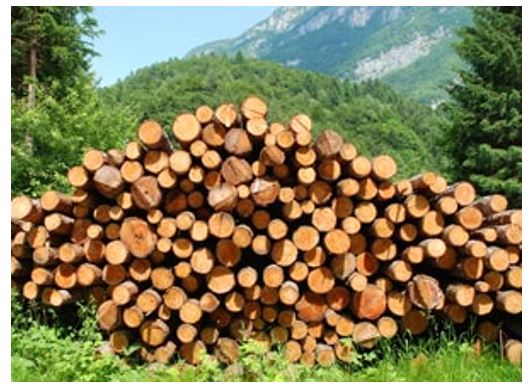
It is quite interesting to note that timber is one of the most versatile of building materials in terms of flexibility, sturdiness and ability to last against even the strongest of the elements with a certain degree of curing done to the wood itself. Unfortunately, within the past two decades the prolific use of wood as a building material has resulted in various overharvesting practices around the world resulting in forests literally being stripped bare in order to meet the demand of the various construction booms happening in cities all across the planet (Krumins, Smits, Dagis & Dubrovskis 2011, pp. 47-53). The inherent problem though with wood is that while it has the potential to become a become a renewable source of building materials, the fact remains that without sustainable practices in place it would become an increasingly hard to obtain resources especially when taking into consideration the increasing amount of public protests against logging practices as a direct result of numerous mudslides around the world that came about through unsustainable logging practices that have claimed thousands of lives (Krumins, Smits, Dagis & Dubrovskis 2011, pp. 47-53). It is based on this that sustainable timber processing practices needed to be implemented with the cooperation of various forestry management programs around the world. The fact is that the resources are already in place to ensure that the world can be supplied with a sustainable amount of wood from various forests so long as demand is kept in check. This can be done through proper logging procedures which are done in conjunction with sapling planting in various areas of the forest. By utilizing such a procedure, the amount of trees that are logged can be matched by the amount that are planted which in effect creates a sustainable method of producing wood for a wide variety of construction projects.
Reference
Krumins, J, Smits, I, Dagis, S, & Dubrovskis, D 2011, ‘Sustainable Supply of Timber Resources for Wood Processing Industry in Latvia’, Proceedings Of The International Scientific Conference: Rural Development, vol.5, no.2, pp. 47-53, Academic Search Premier, EBSCOhost.